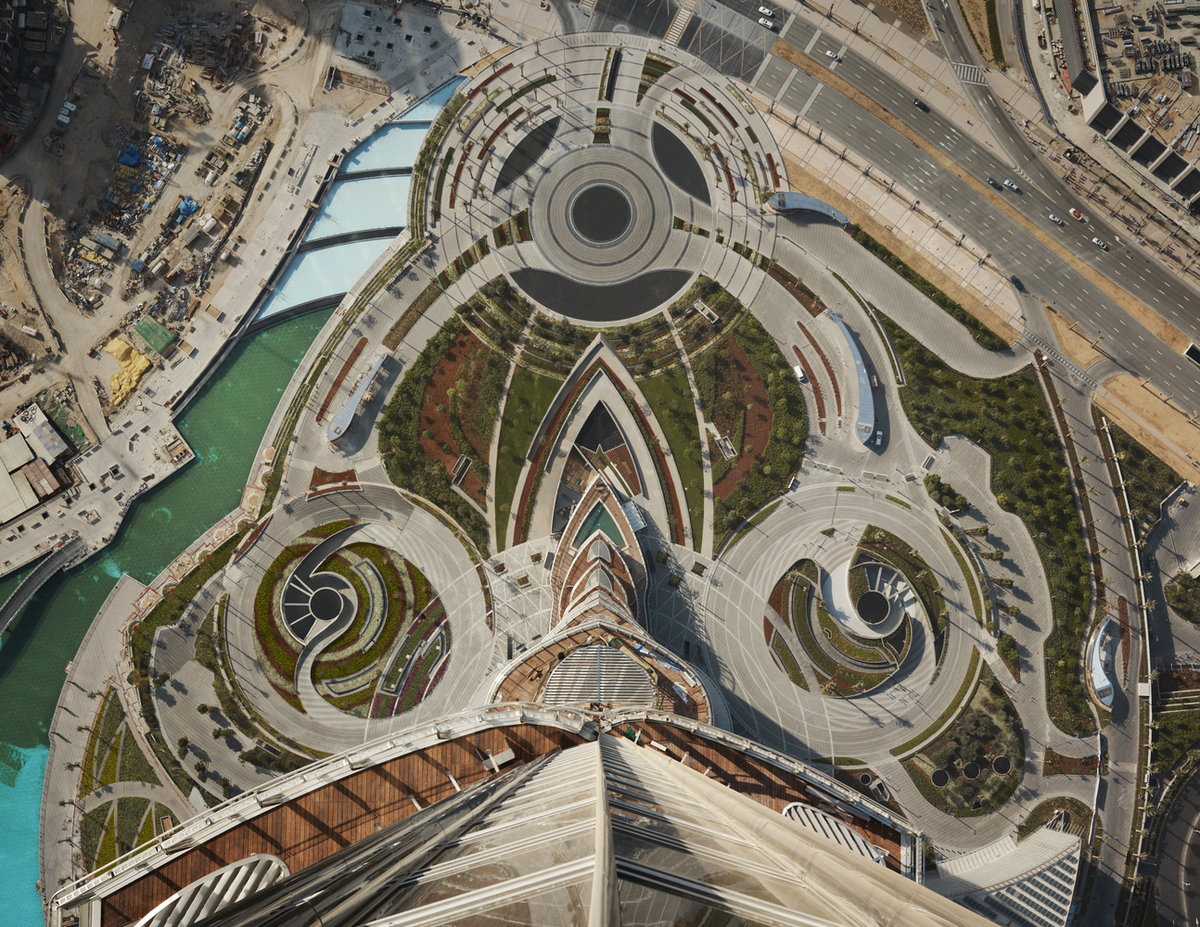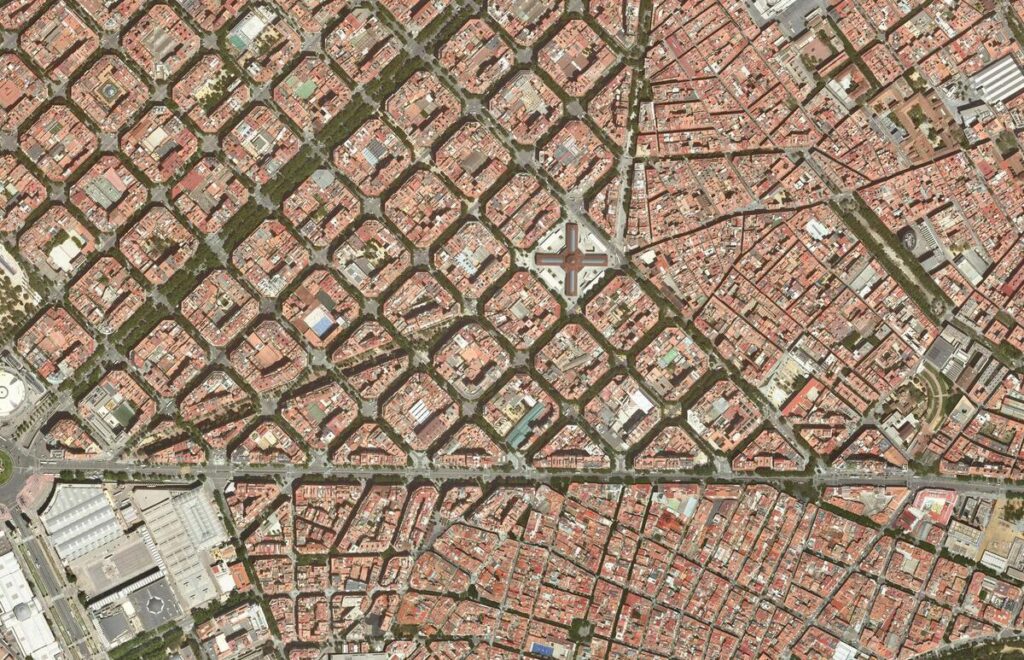Architecture is changing quickly because to predictive analytics in architecture, which provides ground-breaking techniques to improve design procedures, maximize resource utilization, and build sustainable structures. Predictive analytics helps architects foresee problems and provide creative solutions by utilizing data from previous projects, real-time monitoring, and sophisticated algorithms.
Predictive analytics is a fundamental component of resilient and sustainable building design, demonstrating its significance. The applications of predictive analytics in architecture, including smart cities, energy-efficient buildings, and climate-resilient infrastructure, are examined in five real-world case studies in this article. These illustrations show how this technology may tackle urgent industry issues like safety, cost-effectiveness, and sustainability, offering architects and planners worldwide useful information.
Table of Contents
Comprehending Predictive Analytics in Architecture
Architects can make well-informed judgments by using predictive analytics in architecture, which analyzes both historical and present data using statistical methods, machine learning, and artificial intelligence. It guarantees sustainability and efficiency in everything from resource allocation optimization to building performance forecasting.
Benefits of Predictive Analytics in Architecture
- Resource Optimization: By anticipating material requirements, it minimizes waste and lowers expenses.
- Improved User Experience: Designs are modified in response to past and present usage trends.
- Sustainability: Makes projects more environmentally friendly and increases energy efficiency.
- Safety Enhancements: Takes proactive measures to mitigate hazards such as climate impacts or structural deterioration.
5 Case Studies of Predictive Analytics in Architecture
Case Study 1: Barcelona’s Smart City Infrastructure

Barcelona is becoming a world leader in smart city planning, optimizing urban areas with predictive analytics. By incorporating IoT sensors and real-time data analytics, municipal planners have reduced traffic congestion and enhanced public transit efficiency. Public areas were redesigned using a predictive algorithm that examined foot traffic patterns, improving accessibility and cutting commuting times by 20%.
Suggested article to read: City Information Modeling (CIM); Ultimate Guide 2024
Case Study 2: Burj Khalifa’s Structural Maintenance Program

Predictive analytics is used by Dubai’s Burj Khalifa to guarantee the longevity and safety of its construction. Engineers can forecast maintenance requirements using real-time monitoring data from embedded sensors, especially when responding to severe weather events like sandstorms. The world’s tallest structure now operates continuously thanks to a 40% reduction in maintenance downtime brought about by this proactive strategy.
Case Study 3: Singapore’s HDB Housing Developments

Predictive analytics is used by Singapore’s Housing and Development Board (HDB) to effectively plan and build high-density residential areas. The HDB prevents construction delays and material waste by examining weather patterns and material supply chains. A project that used these methods in 2024 cut costs by 10% and overall construction time by 15%.
Case Study 4: Sydney’s Barangaroo Project – Climate-Resilient Design

One of the first examples of predictive analytics in climate-resilient design is the Barangaroo development in Sydney. Buildings were designed to endure extreme weather and sea level rise using predictive climate modeling. Architects guaranteed a 50% decrease in anticipated storm-related structural damage by utilizing real-time simulations.
Case Study 5: The Edge, Amsterdam – A Smart Office Building

The Edge, which is frequently called the world’s smartest and greenest office skyscraper, uses predictive analytics to control energy use. Based on occupancy and weather forecasts, it optimizes HVAC and lighting systems by evaluating data from thousands of IoT sensors. By using 70% less energy than conventional workplaces, the building establishes a standard for sustainable architecture.
Challenges in Implementing Predictive Analytics in Architecture
Despite its potential, predictive analytics has a number of obstacles to overcome:
- Data Integration: It can be difficult and time-consuming to combine data from several sources.
- Cost Barriers: Smaller businesses may be put off by the high initial investment in technology and knowledge.
- Skill Gaps: To comprehend predictive models, engineers and architects require specific expertise.
Future Trends in Predictive Analytics for Architecture
In 2024, the combination of artificial intelligence and Internet of Things (IoT) technology is driving advancements in predictive analytics in architecture. By producing numerous iterations based on predicted data, generative AI is being used more and more to improve designs, enabling architects to select the most sustainable and effective solutions. Another significant development is real-time climate adaptation modeling, which gives architects the ability to create buildings that adapt dynamically to shifting environmental factors like extreme weather or warming temperatures. This method is essential for developing climate-resilient structures, especially in areas that are vulnerable to natural disasters.
Project management is also changing as a result of the incorporation of predictive analytics into Building Information Modeling (BIM) technologies. These solutions now improve team collaboration by offering real-time insights into maintenance planning, cost forecasts, and building timetables. For example, by anticipating structural problems before they materialize, predictive maintenance solutions are decreasing operating downtime. Architectural practices will undergo a further transformation as AI and data technologies develop.
Conclusion
A paradigm shift in the planning, construction, and maintenance of structures has been brought about by the incorporation of predictive analytics in architecture. The case studies showcase its revolutionary potential, ranging from ensuring climate resilience to maximizing urban infrastructure.
Predictive analytics in architecture will only become more useful as technology develops, providing architects with the means to meet upcoming obstacles and adopt sustainable innovation. The architectural sector can go closer to accomplishing its objectives of environmental stewardship, safety, and efficiency by using these data-driven strategies.
FAQs
What is predictive analytics in architecture?
- Answer: In order to foresee design results, optimize resource use, and identify potential dangers in architectural projects, predictive analytics uses data and AI-driven models.
How does predictive analytics benefit sustainable building design?
- Answer: It facilitates waste reduction, energy efficiency, and design customization to meet environmental sustainability objectives.
Can predictive analytics reduce construction delays?
- Answer: Yes, predictive analytics reduces delays and enhances project deadlines by anticipating possible disruptions like weather or supply chain problems.
Which famous buildings use predictive analytics for maintenance?
- Answer: Prominent examples of projects that use predictive techniques to guarantee sustainability and operational efficiency are The Edge in Amsterdam and the Burj Khalifa in Dubai.
What are the future trends in predictive analytics for architecture?
- Answer: Real-time climate resilience modeling, AI-powered design tools, and integration with BIM systems for all-encompassing project management are some of the upcoming trends.
Suggested article for reading:
LCA in Infrastructure Projects: 6 Ways to Minimize Environmental Impact
The Future of Smart Construction; 2025 Review
Top 23 Famous Women Architects in World; 2025 Review
6 Strategies for Net-Zero Waste Management in Construction Sites
10 Essential Steps for Conducting a Net-Zero Carbon Assessment
Resources:
McKinsey & Company | Dodge Data & Analytics | Skanska | Turner Construction | Bechtel
For all the pictures: Freepik | Archdaily



